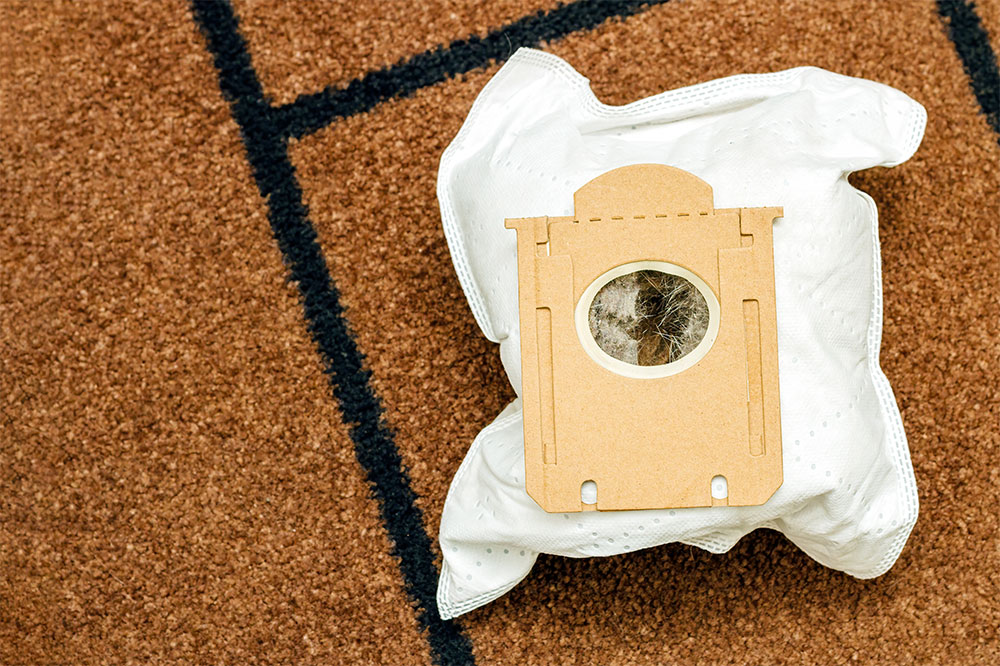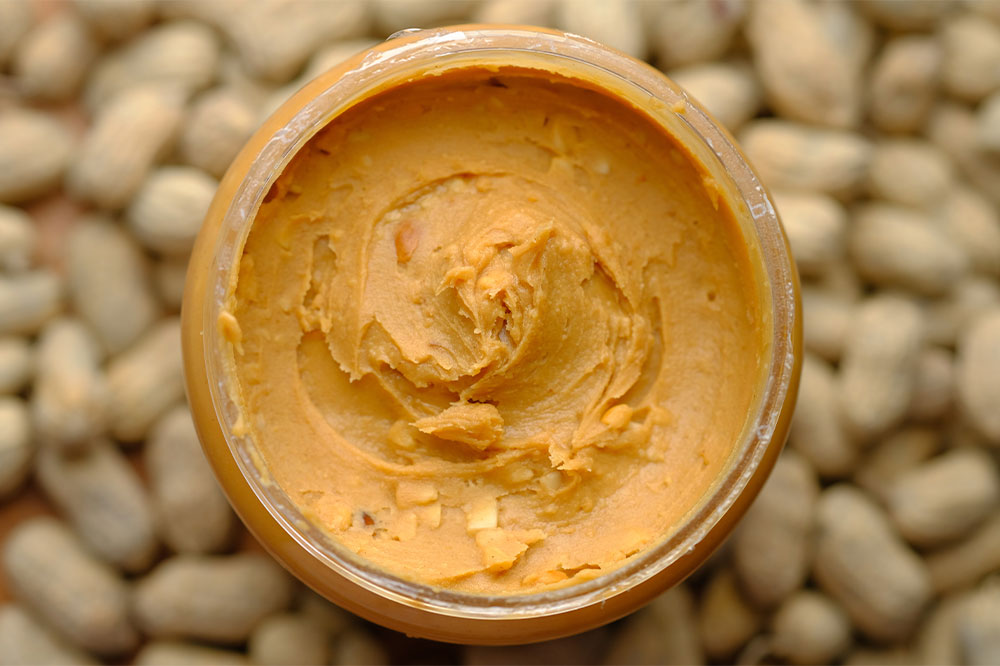Child neglect – Common signs and ways to deal with them

Childhood emotional neglect occurs when a child’s basic emotional requirements are not adequately met by their caregivers. Sometimes, emotional neglect also happens when other needs, such as proper clothing, food, education, and healthcare, are not sufficiently provided. This can cause distress and harm to the child. To help a child suffering from emotional neglect , it is important to recognize the various signs and learn effective ways to deal with them.
Common signs of childhood emotional neglect
Childhood emotional neglect can manifest due to physical as well as emotional needs not being met. Some of the common signs are:
Drastic changes in behavior
A child undergoes extreme changes in their behavior when they experience emotional and physical neglect over a long time, such as for several months or years. For instance, a child with a naturally exuberant personality may become sad or disinterested in things they once enjoyed. They may withdraw and isolate themselves, refusing to socialize with their peers. Some may even become extremely clingy to a parent/caregiver. Some children may exhibit aggressive or obsessive behaviors. Often, childhood emotional neglect can lead to paranoia, anxiety, and depression in some cases. In severe cases, children may develop antisocial behavior as a result of prolonged neglect.
Decline in educational performance
Another common sign of childhood neglect is extreme changes in class performance in school. When a child is subjected to emotional neglect, they go through trauma and psychological distress. Since they are still quite young and have not yet learned to manage these difficult emotions, this invariably affects how they function within the classroom. For most children, the trauma and distress make it difficult for them to pay attention to the lessons being taught in class. They also find it difficult to keep up with the rest of their classmates. Sometimes, they end up missing school frequently, leading to poor attendance records. As a result, they struggle to complete projects and assignments on time. Additionally, their performance in tests and exams may also suffer.
Frequent health problems
According to experts, poor mental or emotional health has a direct adverse impact on a person’s physical health. This applies to both adults and children. However, in the case of children, the effects may be more pronounced since their immune systems are still in the developing stage . As a result of emotional neglect, a child may experience poor health and may feel stressed and anxious at all times. This invariably increases the level of stress chemicals in the body, which weakens the immune system and makes the child more susceptible to frequent infections, flu, cold , and tummy issues.
Loss of appetite
Some children may also experience a loss of appetite due to emotional distress. They are unable to eat complete meals and do not feel inclined to snack on their favorite foods. As a result, they start to show signs of several health issues, including anemia, weak muscle tone, malformed joints, and dental problems. Since their daily nutritional needs are not met, children who undergo emotional neglect might feel tired all the time.
Unable to meet developmental milestones
A neglected child may also experience a negative impact on their ability to meet developmental milestones. As a result, the child may not be able to achieve the standard milestones at the same time as other children of the same age. They may have lower social and language skills than what is typically expected for their age. Additionally, these children may experience slow or stunted physical and emotional growth.
Lack of hygiene
A child may exhibit signs of poor hygiene due to lack of personal cleanliness. Some common signs of neglect in this regard include severe body odor, improper clothing for the prevailing weather conditions, or clothes that appear unkempt or dirty. Because of the lack of hygiene, a child that has been neglected may also suffer from frequent episodes of skin infections such as scabies, flea bites, rashes, ringworm and sores. In infants and toddlers, this can also lead to nappy rashes.
How to deal with emotional neglect?
Before one decides to follow through with any of the support measures, it is important to understand that if a child shows any one of the several signs of emotional neglect, it does not necessarily mean they are experiencing it. This is why it is crucial to pay attention to the child’s behavior, how they interact with others, and their attendance in school. If multiple signs are observed over time, it is necessary to address the situation promptly and provide the required support to the child.
Many adults often find it difficult to accept when a child confides in them about experiencing emotional neglect. Instead of acknowledging the child’s feelings, they tend to deny them, leading to further emotional turmoil in the child. Therefore, it is crucial to avoid any such denial and instead offer support and validation to the child. Questioning or doubting the child’s memories or experiences should also be avoided as it can lead to mistrust and fear of sharing in the future. It is essential to be calm and reassuring when the child confides to establish a sense of trust and comfort in them.







